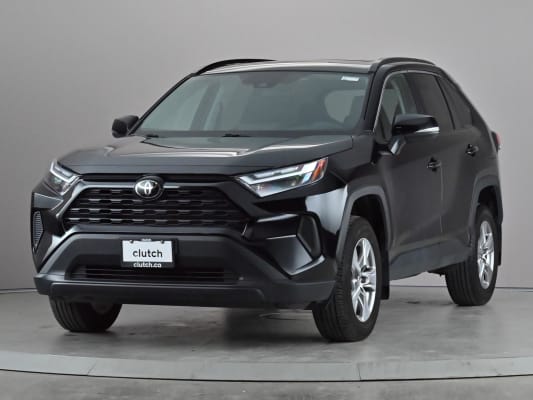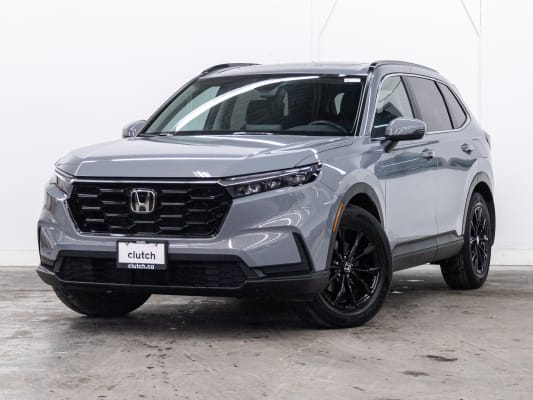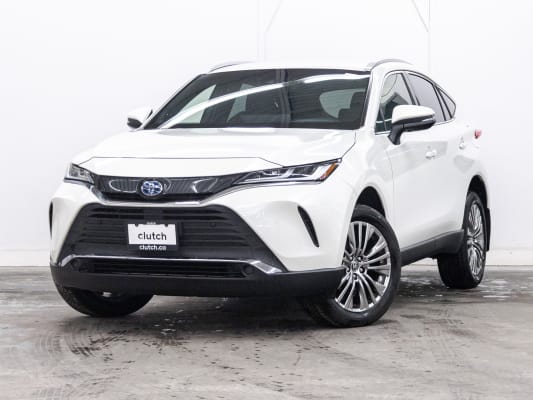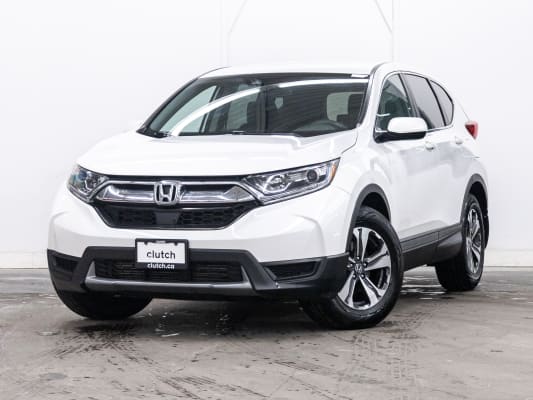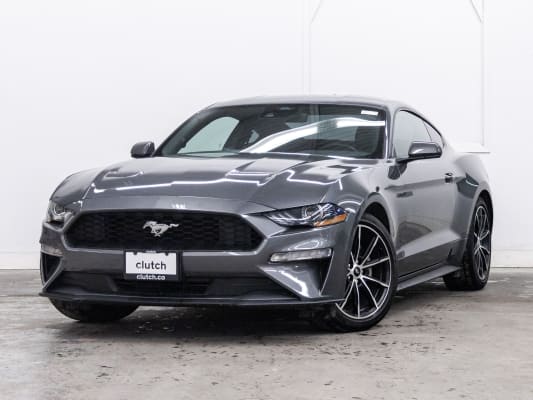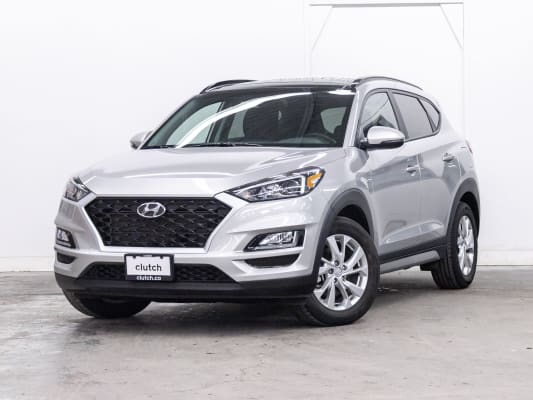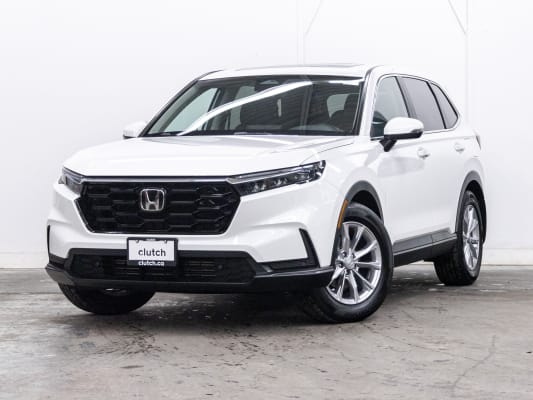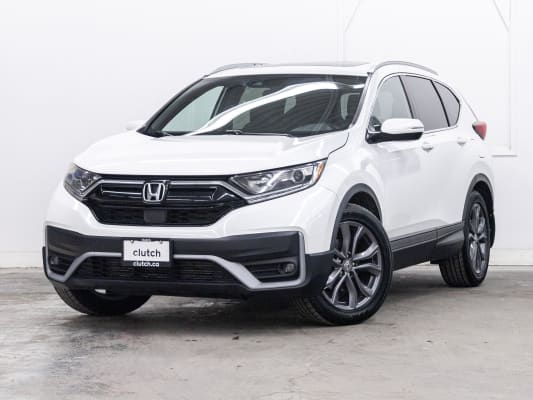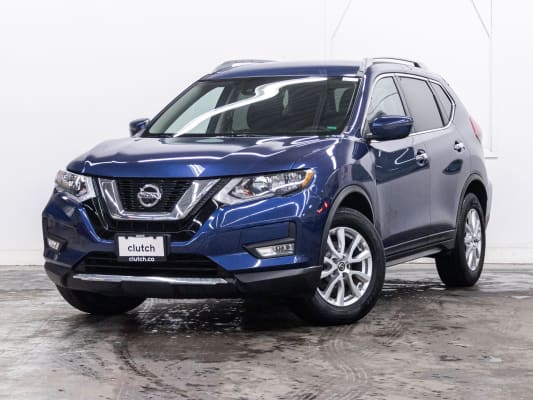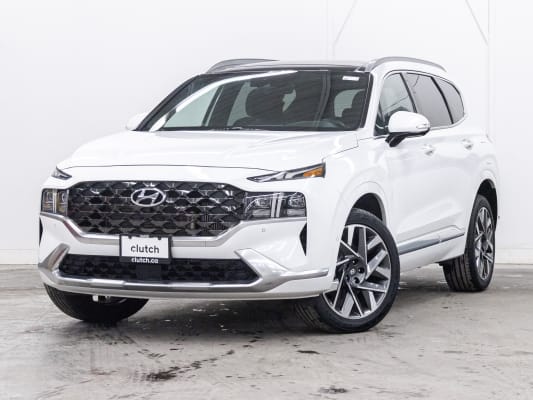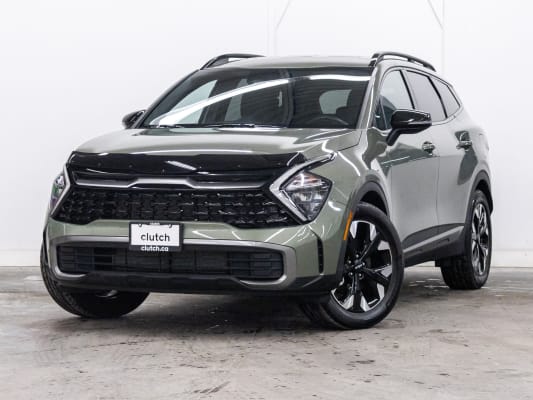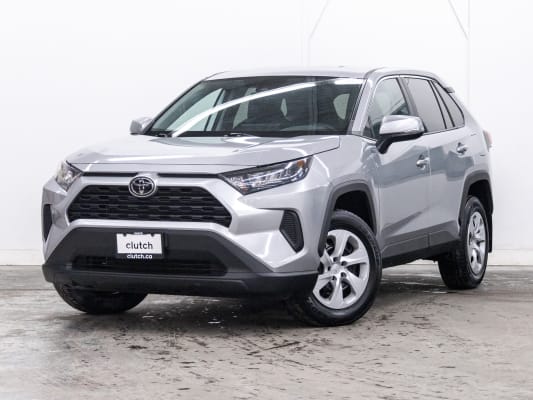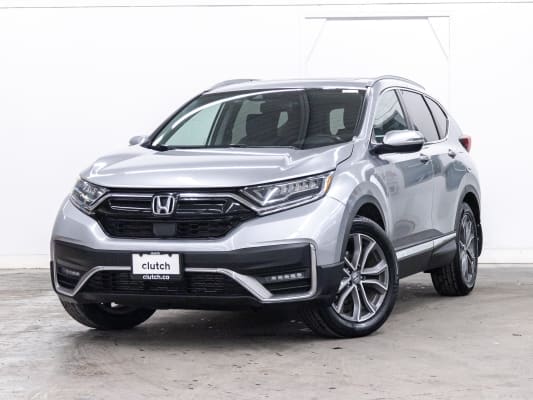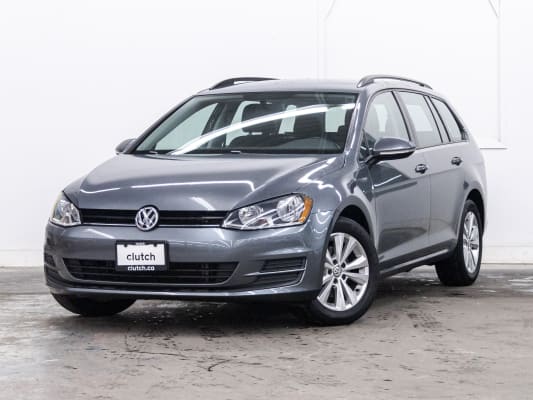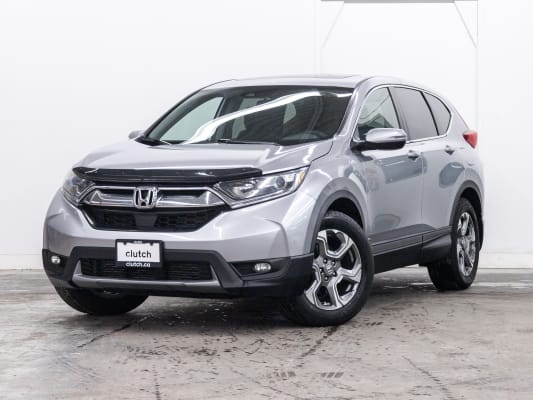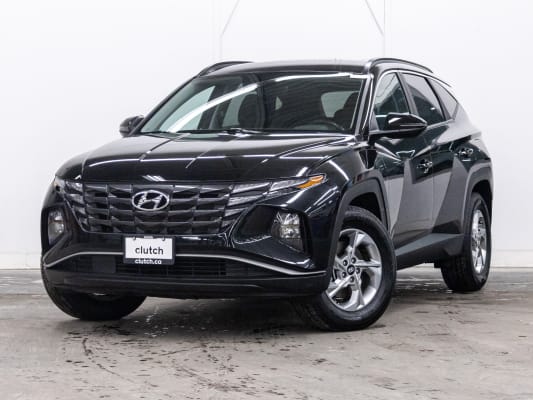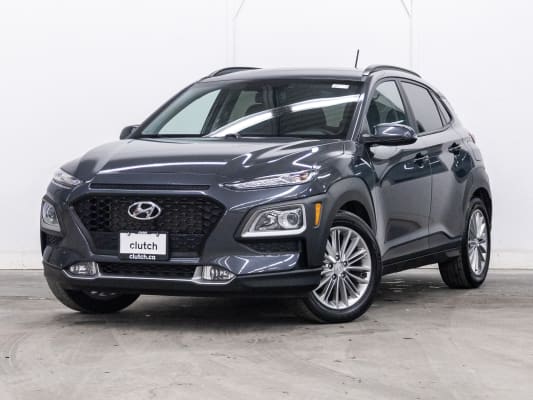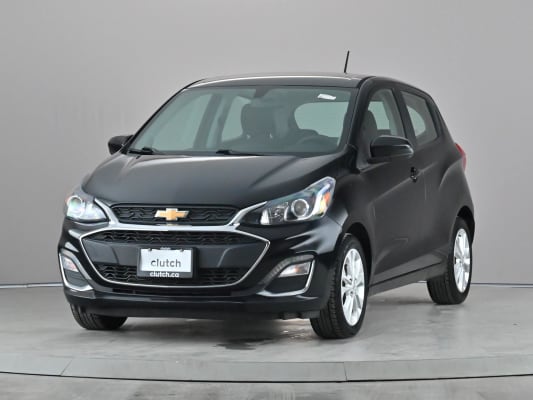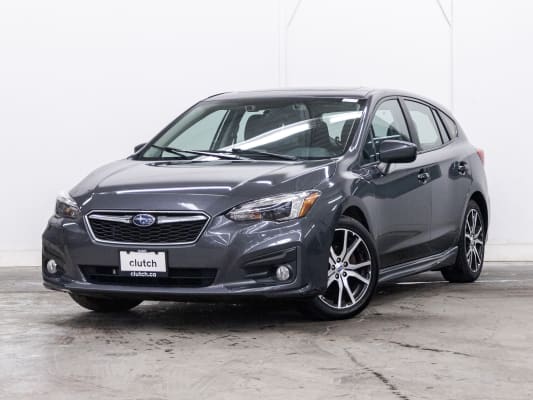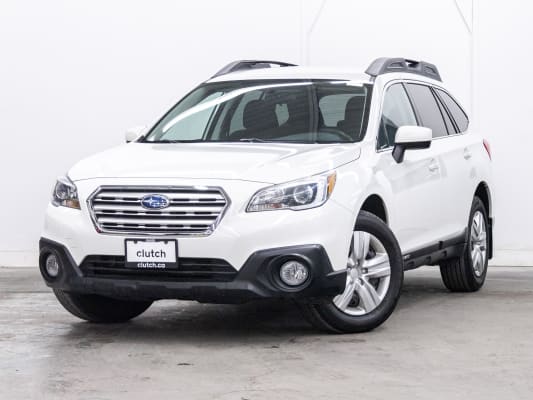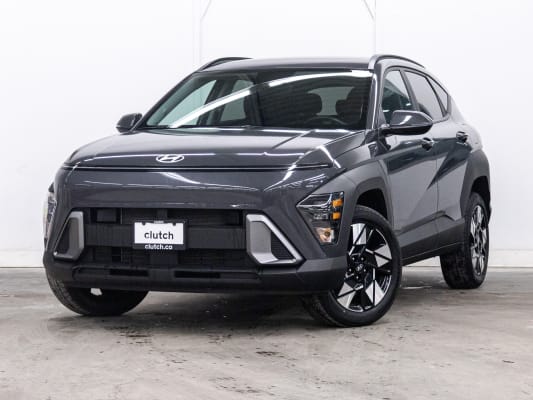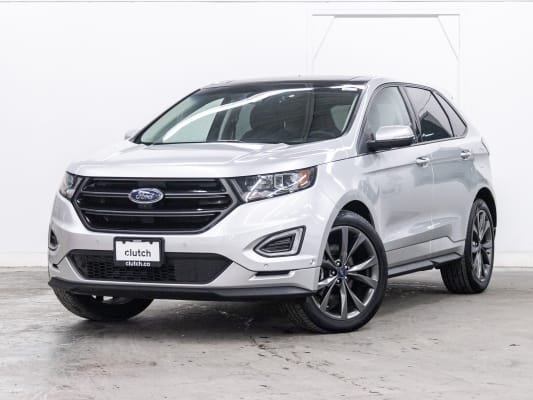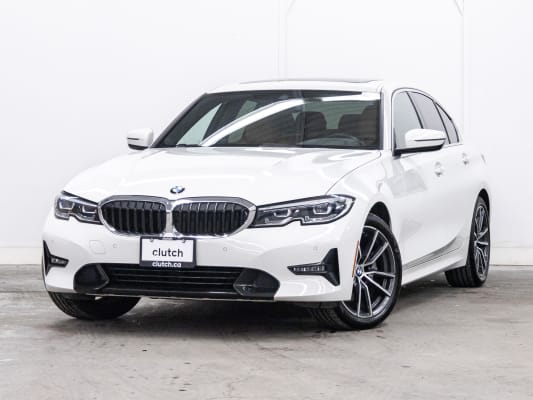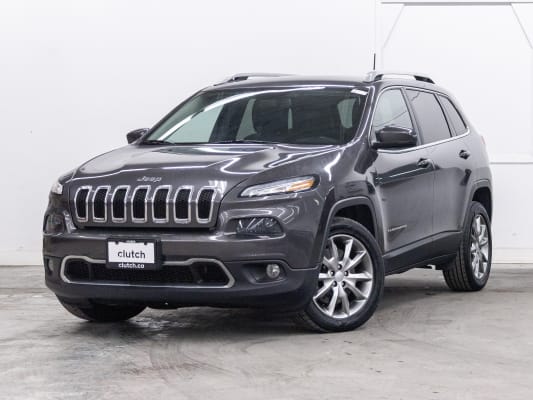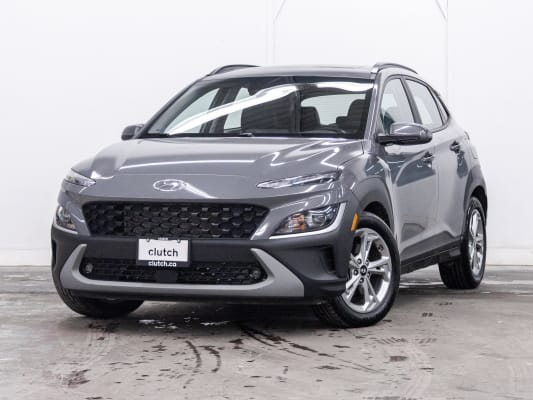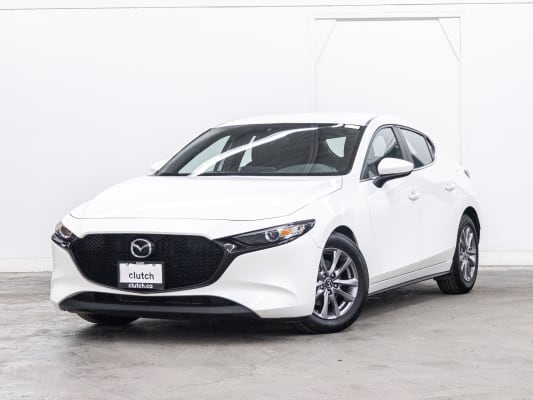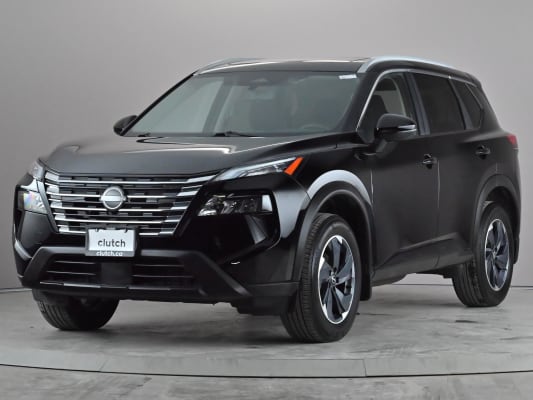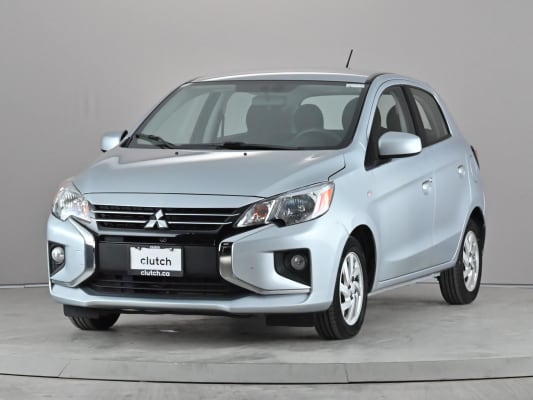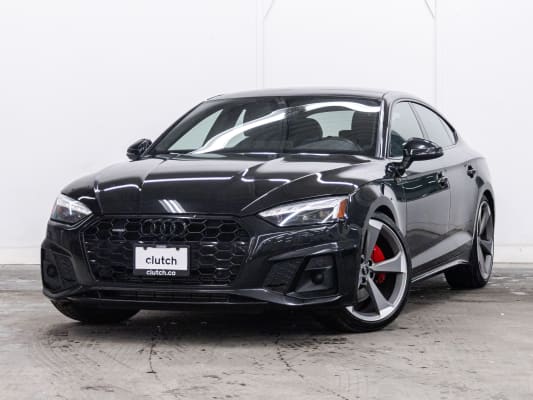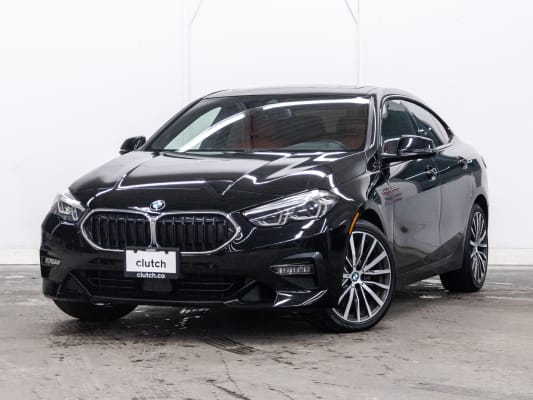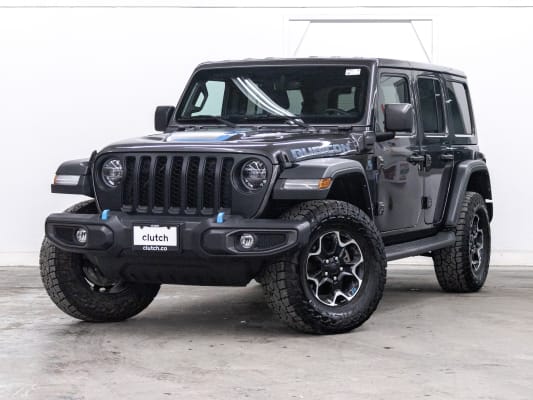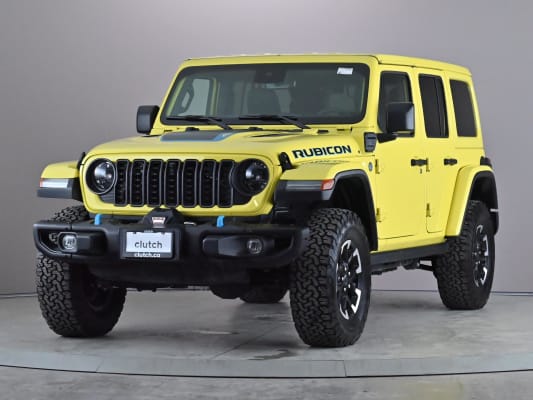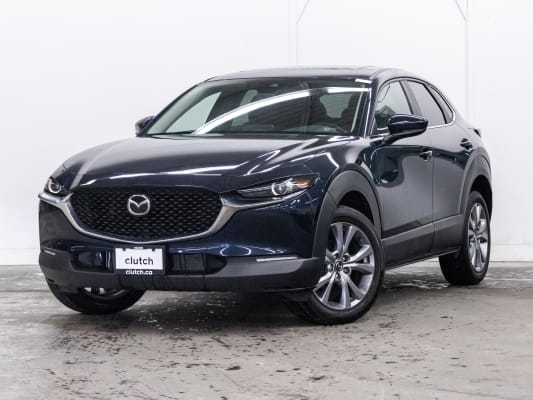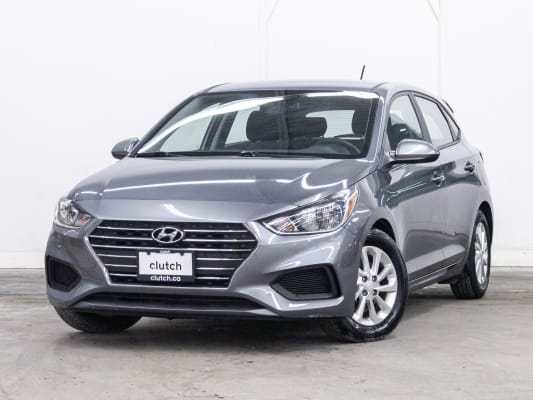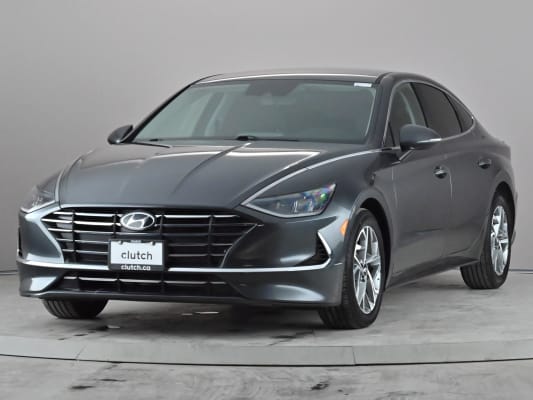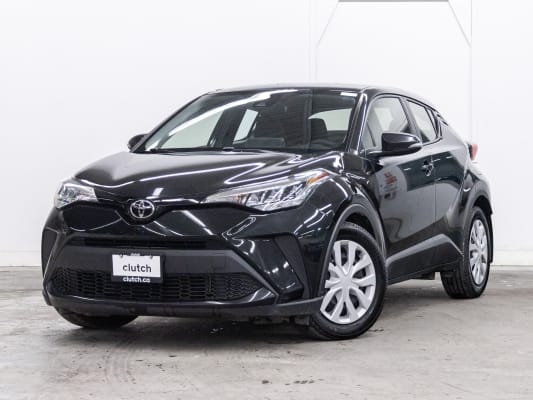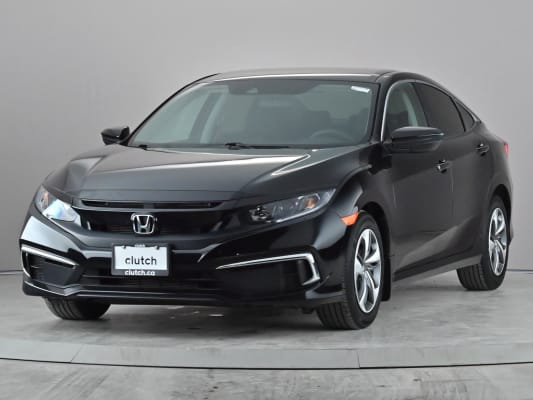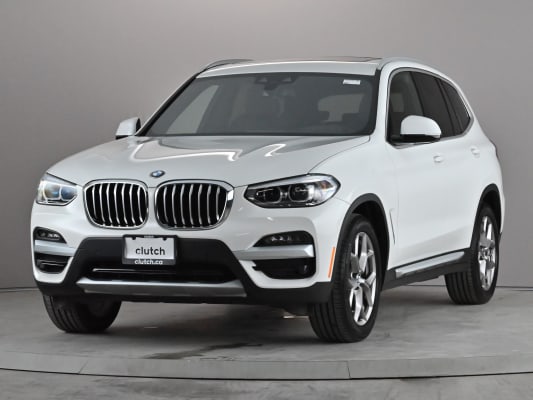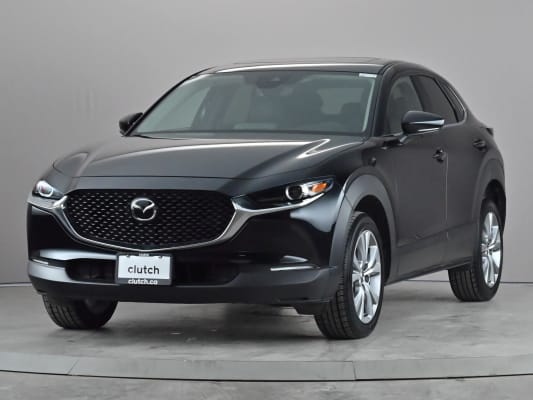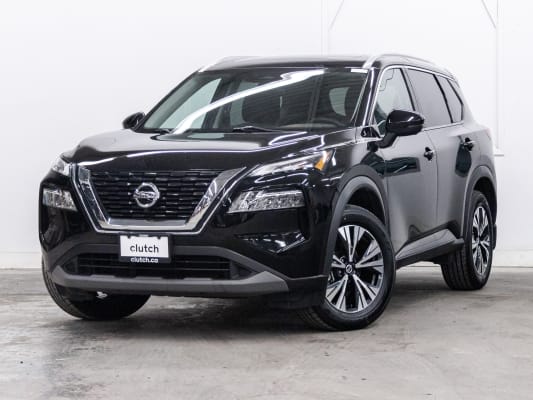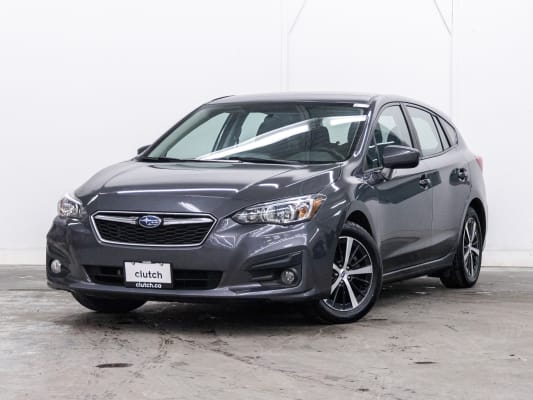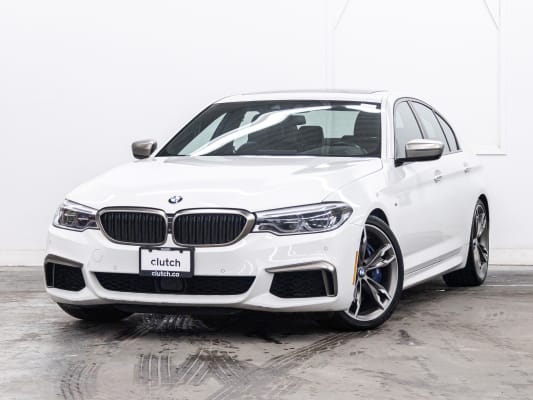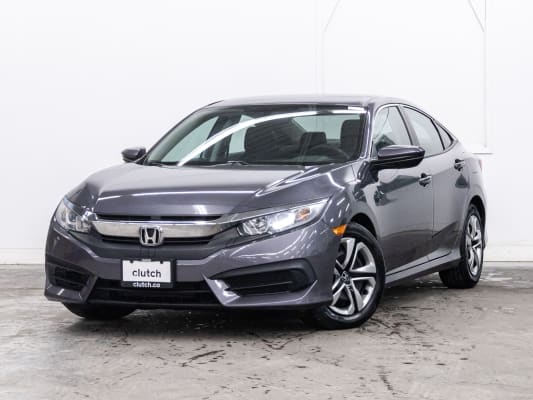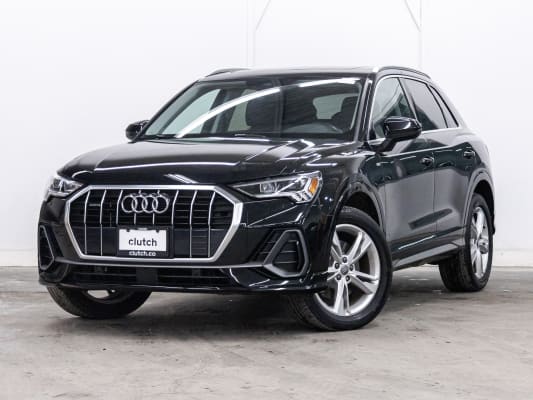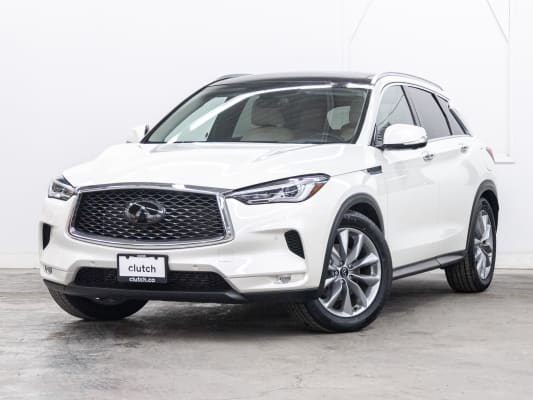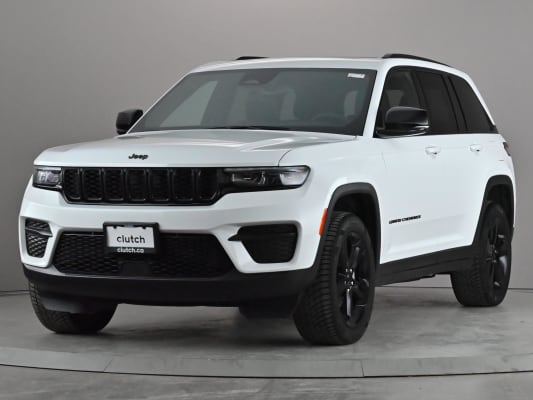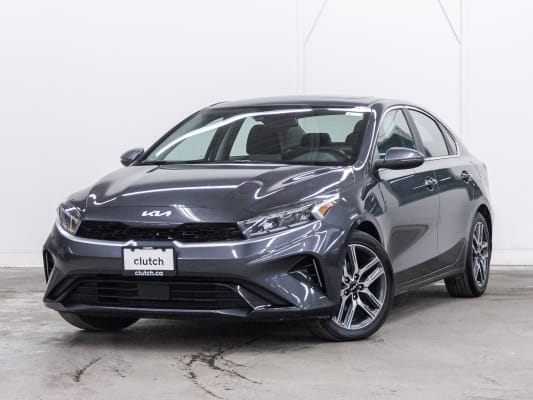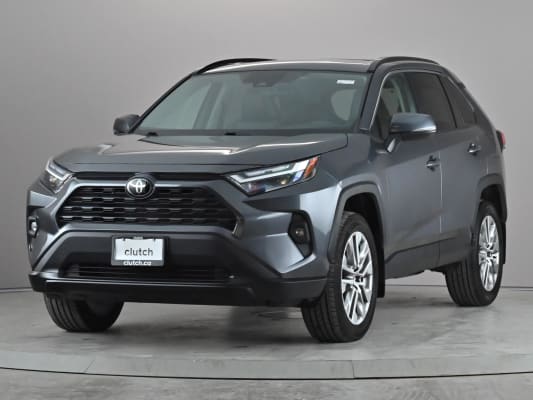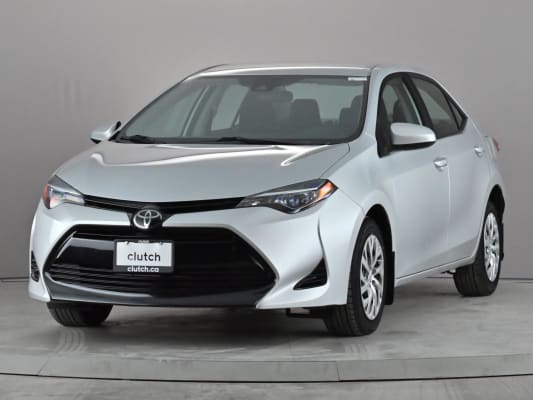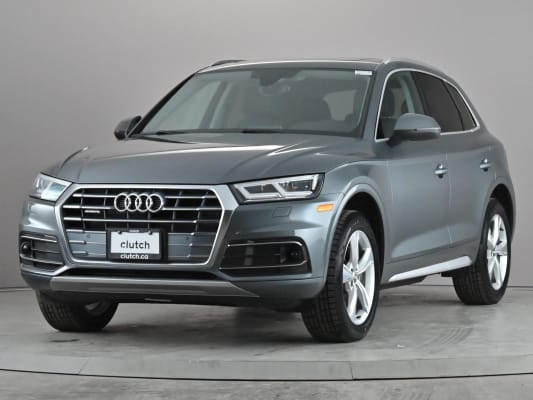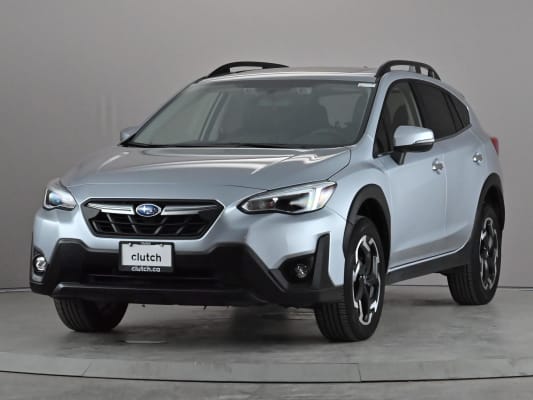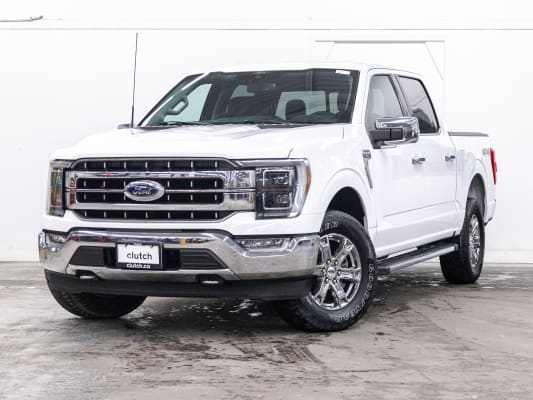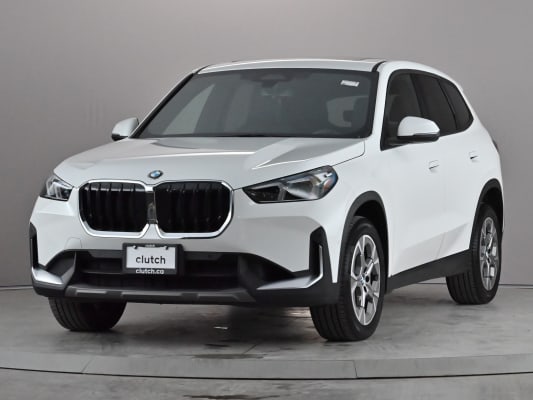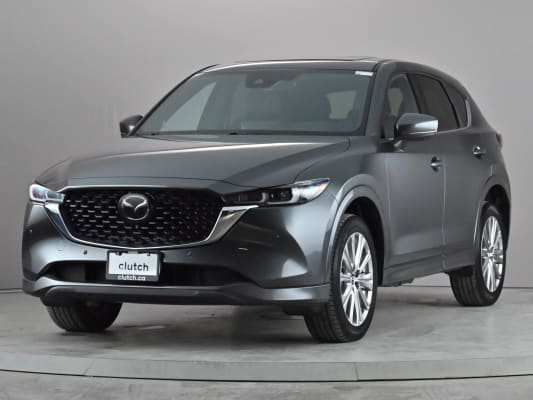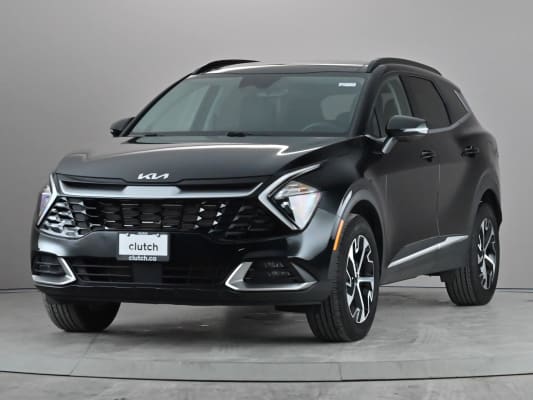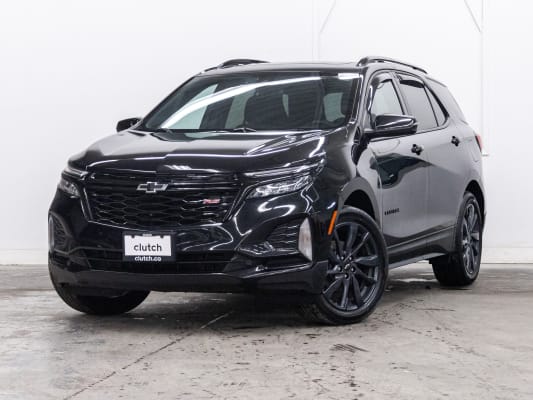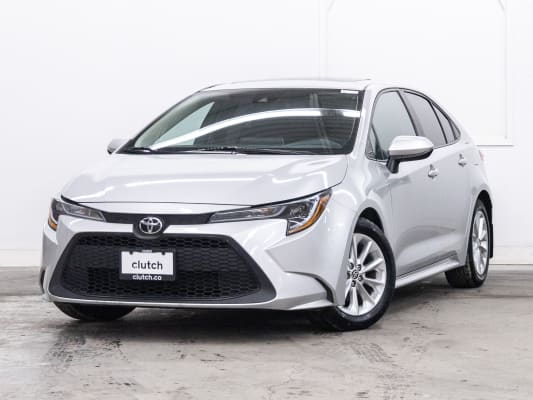Selling your car online can be a quick and effective way to get a fair price—if you create a listing that stands out. With thousands of vehicles posted daily on platforms like AutoTrader, Kijiji Autos, and Facebook Marketplace, buyers are scrolling fast and making snap judgments based on your title, photos, and description.
That’s why writing a great car ad is so important. A well-crafted listing not only grabs attention but also builds trust with potential buyers and can help you sell faster and for more money. Whether you’re trying to upgrade, downsize, or just make space in your driveway, taking the time to write a clear and compelling ad can make all the difference.
In this guide, we’ll walk you through everything you need to know to create an effective car listing—from taking the right photos to writing a description that gets results.
1. Choose the Right Platform(s)
The first step to creating a great car ad is choosing the right place to list it. In Canada, there are several popular online marketplaces where private sellers can post their vehicles. Each has its strengths, and in many cases, it’s worth listing your car on more than one platform to reach a wider audience.
Here’s a quick breakdown of your options:
- AutoTrader: One of the most trusted and widely used platforms for used vehicles in Canada. It offers a large buyer base and tools like vehicle history reports and price analysis. Great for serious buyers.
- Kijiji Autos: Free to list and popular for casual local browsing. It’s easy to use and attracts a large number of buyers, though not all are serious.
- Facebook Marketplace: A fast-growing option for local car sales. It’s free, visual, and integrated with your social network, but there’s also a higher volume of lowball offers and tire kickers.
- Craigslist: Less popular than it once was, but still has active buyers in some markets. Simple interface and free to post.
- Clutch: If you want to skip the listing process entirely, you can sell your car directly to Clutch. It’s hassle-free, fully online, and you’ll receive a competitive offer without needing to meet buyers or post an ad.
When in doubt, start with two platforms—one that’s more structured like AutoTrader, and one that’s more casual like Kijiji or Facebook. Just make sure your listings are consistent across each platform.

2. Take Clear, High-Quality Photos
Photos are the first thing buyers notice when scrolling through listings—so if your images are dark, blurry, or missing key angles, your ad might get skipped before anyone even reads it.
You don’t need professional gear to take great car photos—your smartphone will do the job. The key is to keep the car clean, use good lighting, and cover all the important angles.
Photo Tips:
- Wash the car first: A clean exterior and interior make a big difference.
- Shoot in daylight: Natural light (early morning or late afternoon) helps avoid harsh shadows or glare.
- Avoid cluttered backgrounds: Park in front of a neutral backdrop like a plain wall or quiet street.
- Take landscape (horizontal) photos: These display better on most platforms.
Key Shots to Include:
- The “money shot” with the car at a 45-degree angle (pictured above)
- Front, rear, and both sides
- Close-up of wheels/tires
- Interior from driver and passenger perspectives
- Dashboard with infotainment and odometer visible
- Trunk or cargo area
- Engine bay (clean it if possible)
- Any notable damage (scratches, dents, etc.)
The goal is to give buyers confidence. The more transparent and complete your photo set is, the more likely someone is to reach out.
3. Write an Attention-Grabbing Title
Your title is one of the first things buyers will see—so make it specific, informative, and easy to understand. A clear, well-structured title will help your listing stand out in search results and attract serious buyers.
What to Include:
- Year, make, and model
- Trim level or key features (e.g., AWD, sunroof, leather)
- Mileage (if low) or ownership perks (e.g., “One Owner”)
Examples of Great Titles:
- 2021 Toyota RAV4 XLE AWD – Low KM, One Owner, Heated Seats
- 2018 Honda Civic EX – Sunroof, Remote Start, Excellent Condition
- 2020 Mazda CX-5 GT – Leather, Bose Sound, Navigation
What to Avoid:
- All caps (“MUST SELL!!!”)
- Vague descriptions (“Great car for sale”)
- Overuse of emojis or spammy symbols
- Typos
A good title builds trust and helps your listing appear in the right searches. It’s worth taking a few extra seconds to make it count.
4. Craft a Compelling and Honest Description
Once your title and photos draw someone in, your description seals the deal. A well-written description gives buyers the info they need while showing you’re a trustworthy seller. Keep it clear, friendly, and honest—think of it as your chance to tell the car’s story.
What to Include:
- Quick overview: Year, make, model, and general condition
- “Selling my 2019 Subaru Forester Limited in excellent condition—well maintained and gently driven.”
- Ownership history:
- “One owner, no accidents. Always serviced at the dealership.”
- Maintenance and upgrades:
- “New brakes and tires installed last year. Comes with winter tires on rims.”
- Features that matter:
- AWD, heated seats, sunroof, Bluetooth, remote start, Apple CarPlay
- Known issues (if any):
- “Minor scratch on rear bumper. Doesn’t affect performance.”
- Reason for selling (optional, but adds trust):
- “Upgrading to a larger SUV for our growing family.”
Pro Tip:
Keep it conversational, but skip the fluff. Buyers appreciate transparency and details more than hype.
5. Include All the Key Vehicle Details
Even with a solid description, most buyers will still scroll straight to the specs—so make sure the essential info is easy to find. Many platforms have built-in fields for this, but it’s smart to include the details in your description as well, just in case.
Must-Have Vehicle Info:
- Year, Make, and Model (e.g. 2018 Mazda3 GX)
- Trim Level (GX, EX-L, Touring, etc.)
- Kilometres (exact or approximate)
- Transmission (automatic or manual)
- Drivetrain (FWD, AWD, 4WD, etc.)
- Engine Size (optional, but helpful for buyers comparing fuel efficiency or towing power)
- Fuel Type (gas, diesel, hybrid, electric)
- Number of Owners
- VIN (optional, but builds trust)
- Safety Certification – Include whether it’s certified or being sold “as-is”
- Location – Where the car can be viewed or test-driven
Pro Tip:
If your car comes with extras like winter tires, roof racks, or a transferable extended warranty, mention them here too—they add value and give your ad an edge.
6. Set a Competitive Price
Pricing your car accurately is one of the most important parts of creating a good listing. Price it too high and it might sit for weeks. Price it too low and you could miss out on hundreds—or even thousands—of dollars.
How to Set the Right Price:
- Use online tools like the Clutch Car Value Calculator or CARFAX Canada’s Value Range Estimator to get an accurate sense of what your vehicle is worth based on current market data.
- Browse listings for similar vehicles in your area on platforms like Kijiji Autos or Facebook Marketplace to compare condition, mileage, and features.
- Consider any extras or recent work you’ve done, such as new brakes, tires, or winter accessories.
Should You Say the Price Is Firm or Negotiable?
- Use “firm” if you’re confident in the price and not in a rush to sell.
- Use “negotiable” or “OBO” (or best offer) to signal flexibility and increase inquiries.
The right price not only attracts more buyers—it also makes negotiations easier by setting a fair starting point.
7. Respond Quickly and Professionally to Inquiries
Once your ad is live, be ready to respond—because the faster you reply, the more serious you’ll seem to buyers. In a competitive market, a prompt and friendly message can be the difference between closing a deal and getting ghosted.
Best Practices for Messaging:
- Respond within a few hours, if possible—especially to the first few serious inquiries.
- Use clear, polite language with proper spelling and punctuation. It builds trust.
- Answer questions honestly and provide any additional photos or info requested.
- If someone wants to schedule a test drive, suggest a public meeting spot and bring any relevant paperwork (ownership, service records, etc.).
Watch Out for Scams:
- Avoid buyers who offer to overpay or who request personal banking info.
- Be cautious of vague messages like “Is this still available?” with no follow-up.
- If something feels off, it’s okay to walk away.
Being responsive and respectful not only increases your chances of a smooth sale—it also helps attract the kind of buyer you actually want to deal with.
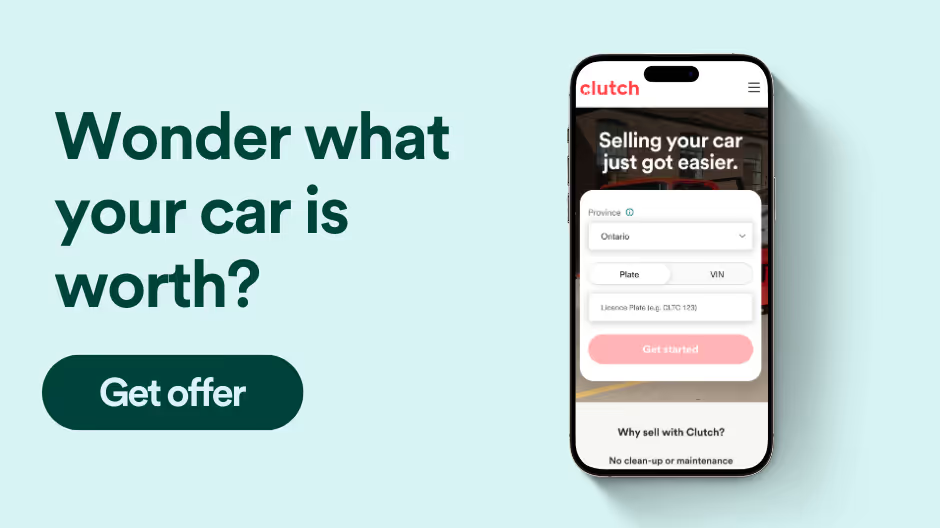
Want to Skip the Hassle? Sell to Clutch Instead
If you’d rather avoid the back-and-forth messaging, test drives with strangers, and the stress of negotiating, there’s an easier option—sell your car directly to Clutch.
With Clutch, you can:
- Get an instant online offer using the Clutch Sell or Trade tool
- Sell entirely online—no meetups, no listings, no pressure
- Schedule home pickup or drop off at a Clutch location
- Get paid fast, with money in your account as soon as the same day
Plus, there’s no obligation. You can check your offer in seconds and decide if it’s right for you.
For many sellers, it’s the simplest, most stress-free way to sell a car in Canada.


.avif)

_Thumbnail.avif)



